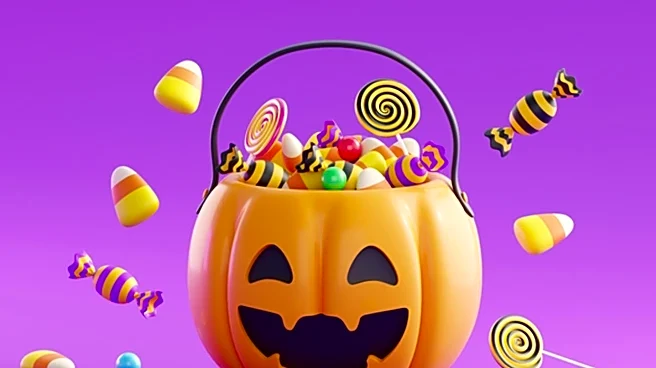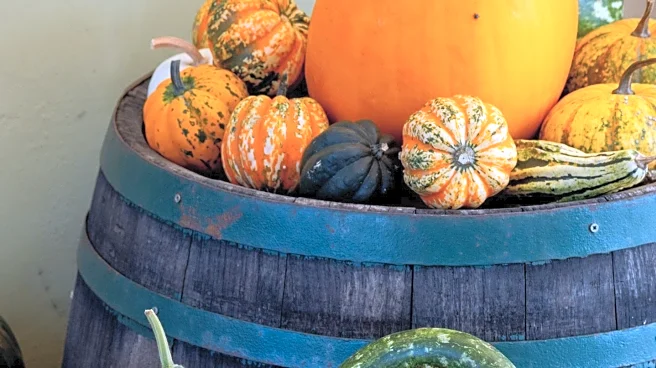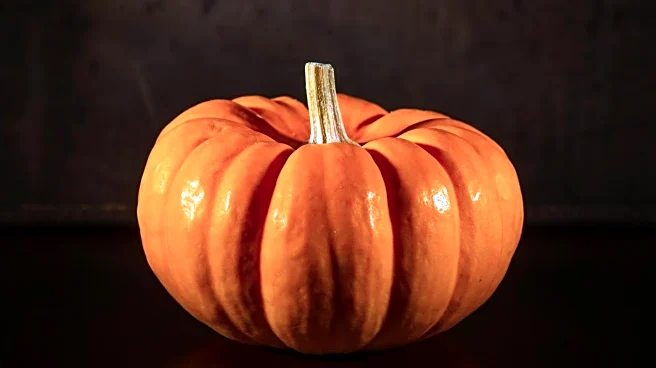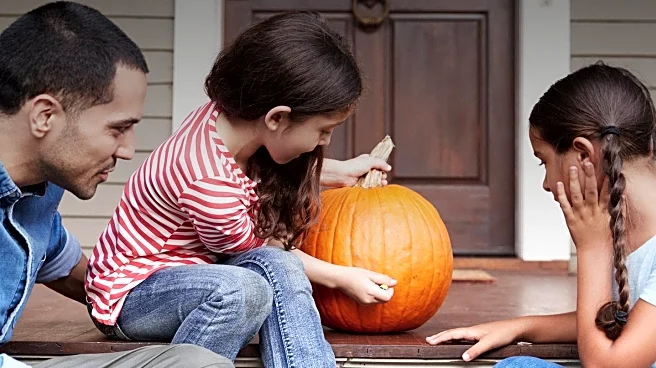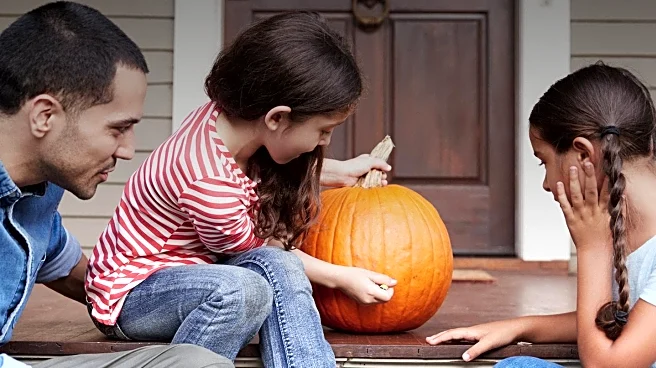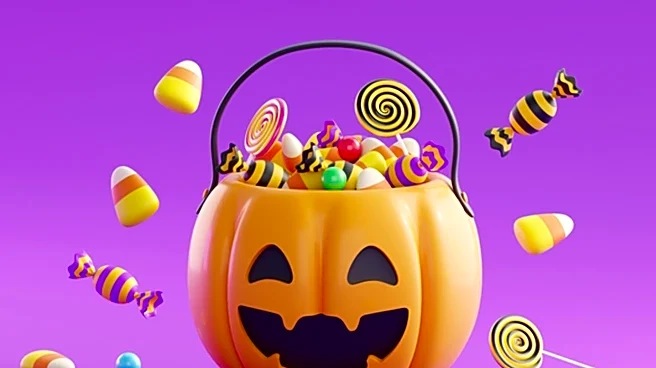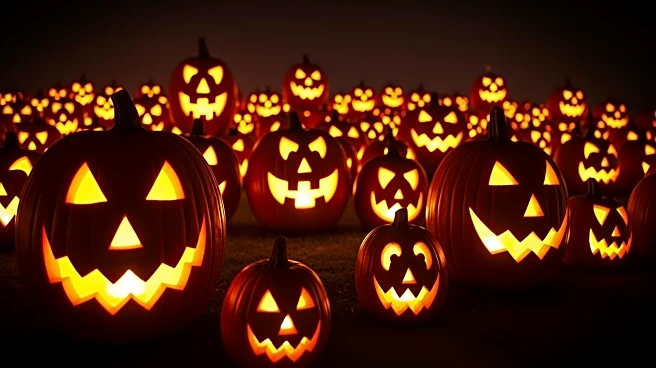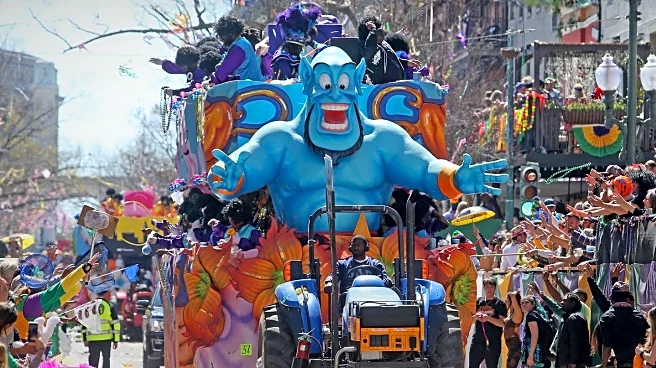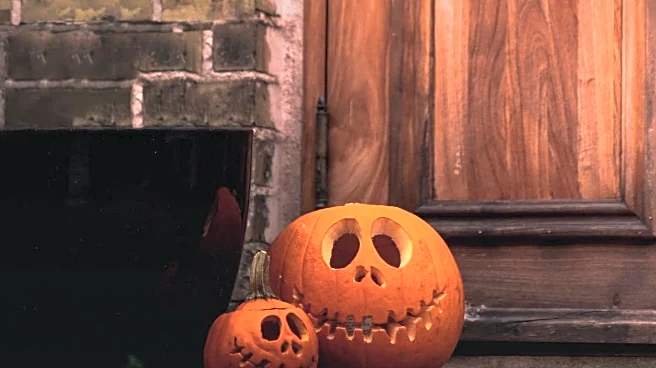What's Happening?
National Trick or Treat Day is an alternative celebration to Halloween, designed to ensure that the festivities always occur on a Saturday. This year, the day falls on October 25, a week before Halloween, which
is on a Friday. The concept was introduced in 2019 following a petition by the Halloween & Costume Association, which sought to move Halloween to a Saturday permanently. Although the petition received over 150,000 signatures, it also faced opposition, leading to the establishment of National Trick or Treat Day as an extension rather than a replacement of Halloween. The day is recognized by the National Day Calendar, allowing communities to host parties, trick-or-treating, and festivals without the concern of school or work the next day.
Why It's Important?
National Trick or Treat Day provides a solution to the common issue of Halloween falling on a weekday, which can be inconvenient for families and communities. By ensuring that celebrations occur on a Saturday, it allows for more extensive and relaxed festivities. This can lead to increased participation in Halloween activities, potentially boosting local economies through the sale of costumes, decorations, and candy. Additionally, it offers a safer environment for children to trick-or-treat, as parents may be more available to supervise on weekends. The day also encourages community engagement and can foster a sense of togetherness as neighborhoods plan and participate in events.
What's Next?
As National Trick or Treat Day gains recognition, communities may increasingly adopt it as a standard practice, especially in years when Halloween falls on a weekday. This could lead to more organized events and possibly influence future discussions about officially moving Halloween to a Saturday. However, the decision to participate in National Trick or Treat Day remains at the discretion of individual communities, and it is advised to check local schedules for organized events. In 2026, Halloween and National Trick or Treat Day will coincide, potentially setting a precedent for future celebrations.
Beyond the Headlines
The establishment of National Trick or Treat Day highlights the evolving nature of cultural traditions and how they adapt to modern lifestyles. It raises questions about the balance between tradition and convenience, and how communities can innovate to maintain cultural practices while accommodating contemporary needs. The day also reflects broader societal trends towards flexibility in holiday observance, similar to other holidays that have been adjusted for convenience, such as Thanksgiving.
